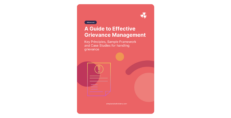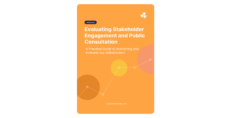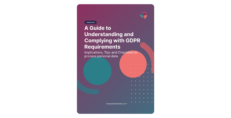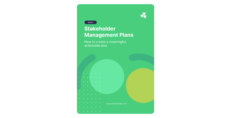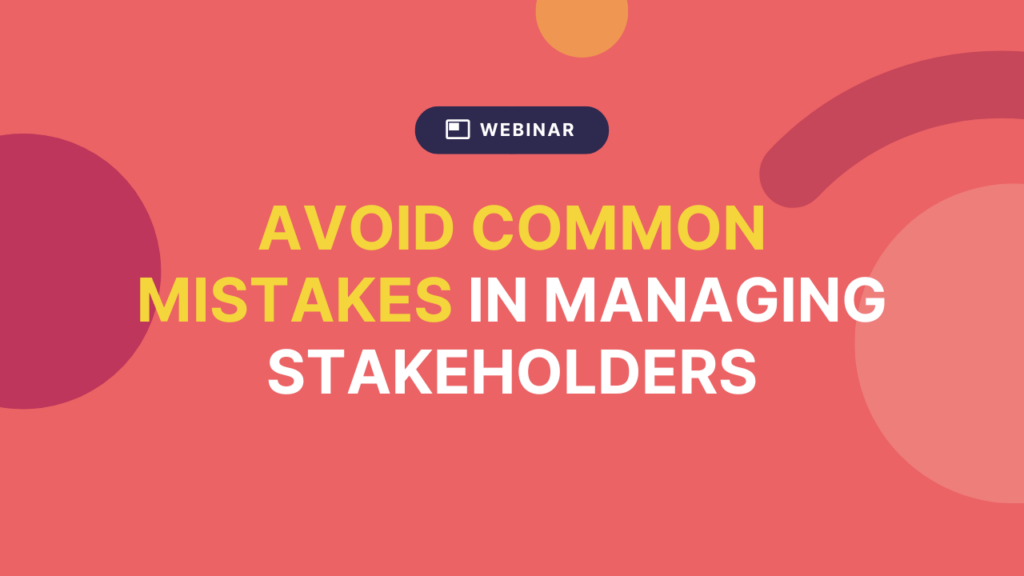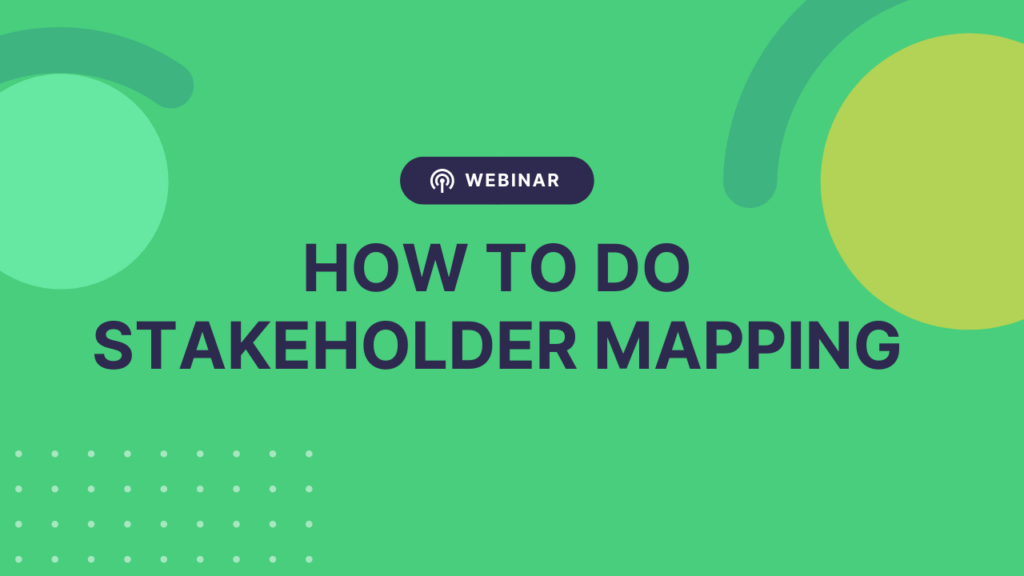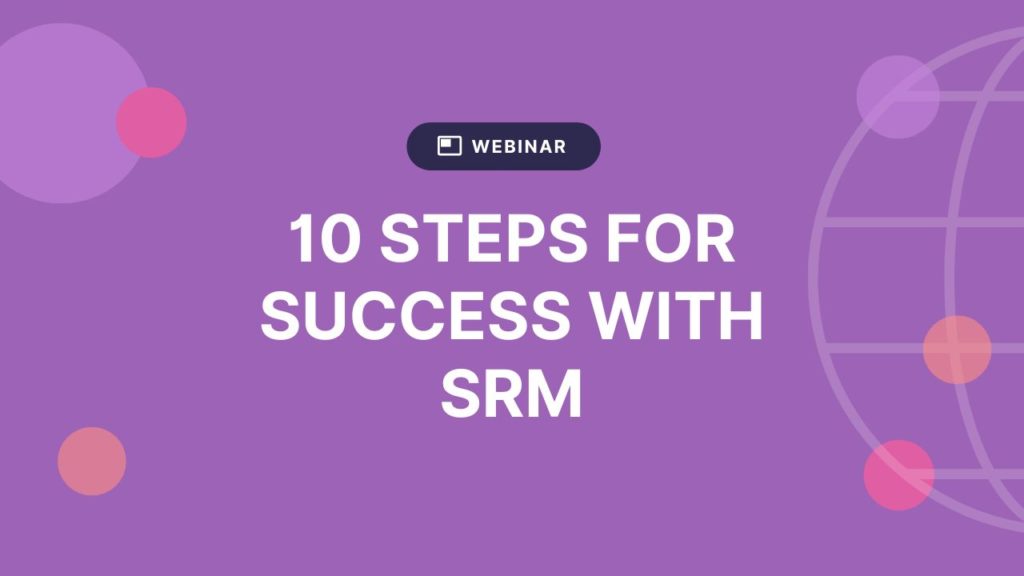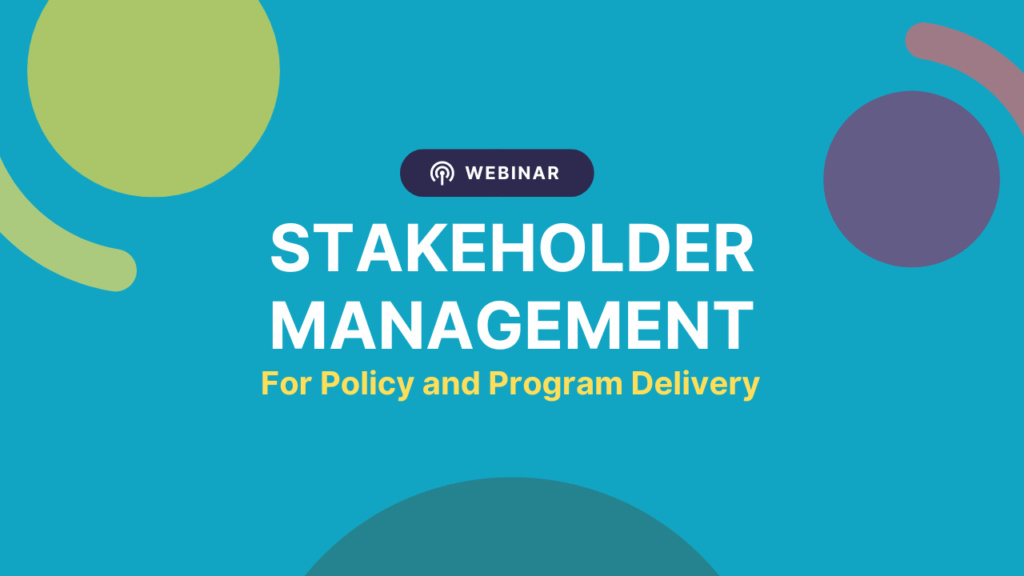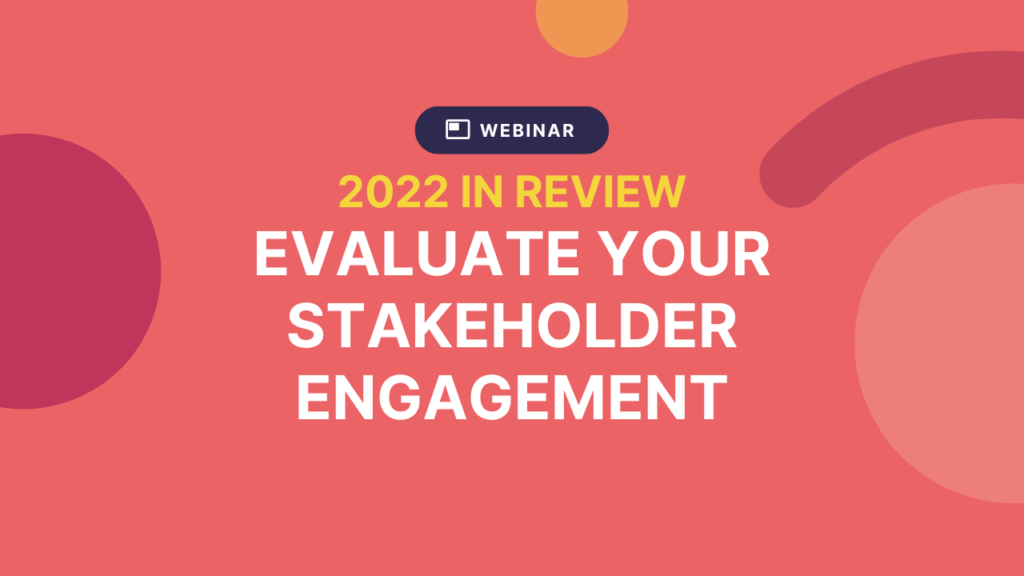Why External Engagement Matters

Been spending a lot of time on external engagement lately? Or perhaps it’s sitting close to the top of your to-do list but you haven’t yet put your plans into motion?
It’s not just you — a growing number of organizations and their senior leaders are dedicating a greater portion of their time and resources on engaging with external partners, influencers, and other stakeholders. And there’s good reasons for that.
We’ve put together a guide on external engagement, including what it is, why it matters, and some best practices for effectively engaging with external stakeholders. So, let’s get started with a basic definition…
| Note: External engagement can fall under a few different disciplines, including stakeholder engagement, corporate communication, public relations, marketing, and CSR. But we’ll be focusing on stakeholder engagement perspective. |
What is External Engagement?
External engagement is a type of stakeholder engagement that’s focused on an organization’s external stakeholders.
Who Are External Stakeholders?
External stakeholders can include any individual or group (outside of your organization) that is impacted by or has an impact on your organization, it’s work or projects.
Examples of external stakeholders include suppliers, customers, partner organizations, competitors, community groups, residents, local councils, trade organizations, local businesses, government organizations, political representatives, universities and research partners, non-profit organizations, and more.
What Does External Engagement Involve?
You can follow your usual stakeholder engagement process, but the focus is on coordinating your internal teams and engagement efforts who manage and influence external relationships. This involves:
- Identifying stakeholders (but only those external to the organization)
- Analyzing stakeholders to understand their characteristics and expectations
- Mapping stakeholder issues, impact, influence, and interests
- Planning how to engage with stakeholders (and what issues to focus on) in order to achieve your objectives
- Engaging with external stakeholders via a range of targeted activities, like:
- Sending email/SMS updates
- Conducting online surveys
- Publishing blog articles
- Running focus groups
- Hosting or attending events
- Running community programs
- Media engagement and tracking
- Political lobbying
- Monitoring their responses and replying to feedback
- Reporting on the engagement
- Ongoing evaluation, updating the plan (as needed), and further engagement
|
Benefits of External Engagement
External engagement can help you accomplish a wide range of goals. It can influence product design or help you execute on a project. It can be a force for community change, helping to tackle environmental or social issues in a region. It can support recruitment, by increasing an organization’s visibility to new hires and building relationships with students, graduates, and other potential employees. Plus, so much more.
Other benefits of external engagement may include:
- Building stronger relationships
- Increasing understanding of stakeholders’ needs and expectations
- Encouraging others to commit to your shared goals
- Increasing collaboration and building partnerships
- Capturing knowledge and data
- Sharing internal knowledge with people outside of the organization
- Managing or reducing risk
- Contributing external expertise, perspectives, and ideas to policy-making (so that it is more effective and backed by evidence)
- More actively participating in policy-making and related discussions and debates, which can help to protect your business interests
- Getting input external stakeholders in order to understand how your organization is perceived (and its role in society)
- Supporting corporate social responsibility
- Gaining a social license to operate
- Making a significant contribution to your social capital
- Building relationships with businesses
- Contributing to the community in a way that genuinely meets their needs
- Gaining a competitive advantage
- Creating long-term value for the organization
Why External Engagement Matters
With so many benefits, it’s obvious that external engagement matters. But what’s interesting to note is that it’s becoming increasingly important for leaders and organizations. A Mckinsey survey found that 58% of respondents in 2019 named external engagement as a top 3 priority for their organizations’ CEOs, up from 53% in 2015 and 40% in 2013.
External engagement has always been important, but a number of factors are making it a higher priority today:
- Awareness – Leaders and organizations are more aware of the value and benefits it can deliver
- Change – An increased need to manage risk during times of rapid change
- Crisis – The need for better communication and strong relationships during times of crisis
- Expectations – External stakeholder expectations on organizations are at all-time highs
- Impact – External stakeholders have more potential influence and impact than ever — a single Tweet can have a huge impact on projects and profits
- Tools – More tools and data are enabling more mature and effective external engagement practices
| External Engagement in Practice: Partnerships that Support University Research
It’s common for universities and individual academics to engage with external organizations, groups, and individuals. The University of California Santa Cruz engages with local, regional, state, national, and international communities in order for them to participate in and collaborate on research. In some cases, external stakeholders will share resources, benefit from the research, access business development opportunities, and may even support it financially. Other forms of external engagement often found in universities include partnering with transport providers to improve campus access, and working with K-12 schools to help prepare young people for higher education. |
10 Best Practices for Effective External Engagement

If you want to engage your external stakeholders more effectively, make sure you’re following these best practices.
1. Start With Objectives
Carefully consider why you want or need to engage with your external stakeholders. What do you hope to achieve? How will you know you’ve been successful? Potential objectives may include:
- Increased awareness about an issue
- Broader knowledge about an issue
- Increase in sales
- Positive sentiment towards a project
- Policy support
- New ambassadors or partners
- Increase in qualified job applicants
This will help you determine the best approach — and what resources you should dedicate to implementing your external engagement strategy.
| Note: If you’ve mainly focused on internal engagement until now, it’s important to adjust your expectations in line with what’s normal for external engagement. Research suggests that response rates for external engagement are approximately 1.5-9%, compared to 30-70% for internal engagement. |
2. Analyze Your Stakeholders
Don’t rush into your engagement. Instead, take the time to genuinely understand your external stakeholders — just as well as you understand your internal stakeholders. You can build on this knowledge over time through surveys, conversations, analysis, monitoring, and more. Stakeholder analysis will allow you to engage people more effectively — and even prioritize your engagement based on people’s potential influence, impact, and interests.
3. Tailor Your Approach
One size does not fit all when it comes to external engagement — if you focus on the wrong issues or the wrong medium for your message, you’ll waste time and frustrate your stakeholders. Use your stakeholder analysis and mapping to tailor your approach to key stakeholder groups and focus on the issues that are relevant to them, in formats they prefer. This may include face-to-face meetings, events, email, SMS, online chat, presentations, mailouts, and more.
4. Use Technology to Support and Measure Engagement
Make it easier to track and measure your engagement by using digital tools, like Simply Stakeholders. Our stakeholder software allows you to record your contacts (and their attributes), integrate communication, track issues, measure sentiment, and more. Having this information in one place is especially valuable for long-term external engagements where you’ll need to work as a team across multiple stakeholders. This will ensure that critical information does not get lost.
5. Map Issues
Map any external issues that could affect your organization, project, and external stakeholders. Identify which issues your individual stakeholders or groups are likely to have an interest in, influence on, or be impacted by. This will allow you to prioritize issues or topics, and (again) tailor your communication so that it’s relevant to each stakeholder.
6. Build Capabilities
In most organizations, the senior leadership team is responsible for engaging with the most influential external stakeholders. It’s important to ensure they are equipped with the skills they need to confidently build these relationships, communicate on key issues, and report on the outcomes. Some organizations will benefit from working with an external consultant or enrolling their team in some training to build their capabilities.
7. Dedicate Resources
To implement your external engagement plan, you’ll need to assign resources — budget, staff time, and tools. Consider the following:
- What financial impact (loss or gain) could the external issues and stakeholders you’ve identified have on the company?
- What’s a realistic investment you could put into external engagement activities that would add value (minimize potential risks and maximize the rewards)?
- Do you need support from consultants, or can your internal team manage the engagements on your company’s behalf?
8. Monitor and Respond to Feedback
As your external stakeholders engage with your initiatives and respond to your communication, it’s important to record their responses — and respond to them. Identify whether responses are positive or negative, and whether you need to adjust your message to make it clearer or provide additional details.
9. Take Action
In order for the engagement to be meaningful (to your organization and stakeholders), it’s important to act on the feedback and knowledge you receive. Depending on the objectives of your engagement, the feedback you receive may have a substantial impact on your work.
10. Think Long Term
The best results come from long-term external engagement that builds on the relationships, feedback, and insights you’ve developed. You can continually repeat the process of analyzing stakeholders, mapping issues, engaging stakeholders, and monitoring their responses.
Need an External Engagement Tool?

Looking for tools that can help you manage your external engagement more effectively? Simply Stakeholders is used by businesses, government organizations, universities, nonprofits, and more to support the entire engagement process, from stakeholder identification and analysis, to monitoring and reporting.
Popular features include:
- Stakeholder analysis & mapping (based on influence, interest, and impact)
- Sentiment tracking
- Email & SMS integration
- Task management & collaborative tools
- Reporting & analytics
Take a look at how our stakeholder software works or contact us to request a demo.










